| Structure | Name/CAS No. | Articles |
|---|---|---|
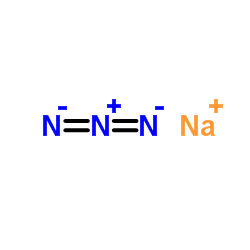 |
Sodium azide
CAS:26628-22-8 |
|
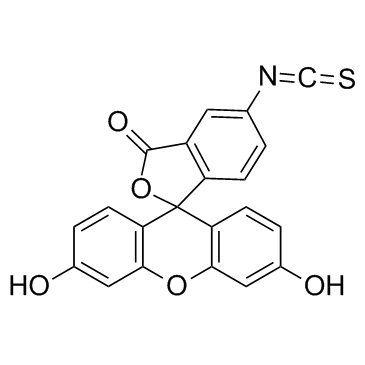 |
Fluorescein isothiocyanate
CAS:3326-32-7 |
|
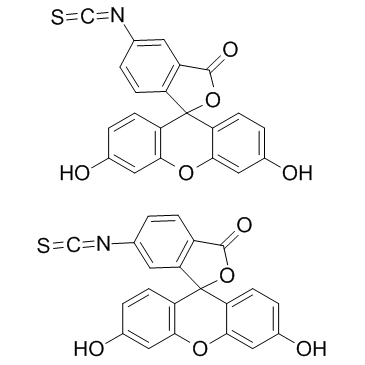 |
fluorescein 5-isothiocyanate
CAS:27072-45-3 |
|
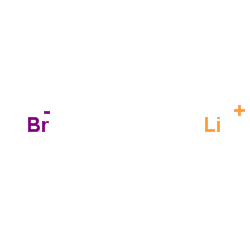 |
Lithium bromide
CAS:7550-35-8 |
|
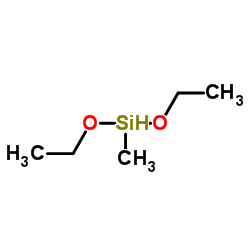 |
Diethoxymethylsilane
CAS:2031-62-1 |
|
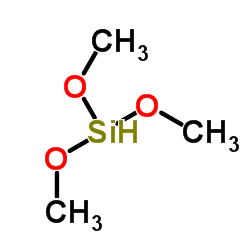 |
Trimethoxysilane
CAS:2487-90-3 |
|
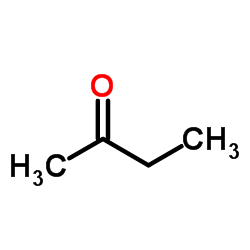 |
2-Butanone
CAS:78-93-3 |
|
 |
DIMETHYL PHENYLPHOSPHONITE
CAS:2946-61-4 |
|
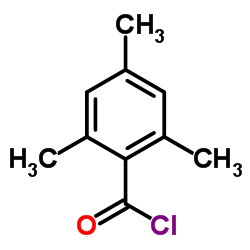 |
2,4,6-Trimethylbenzoyl chloride
CAS:938-18-1 |
|
 |
Methacrylic anhydride
CAS:760-93-0 |